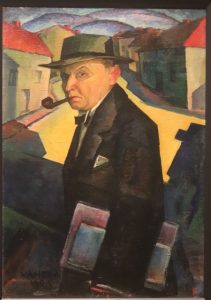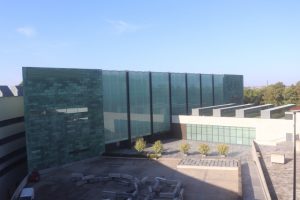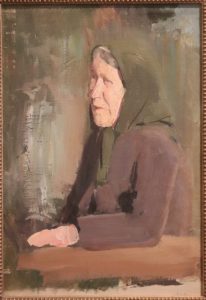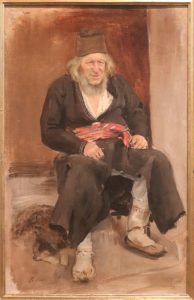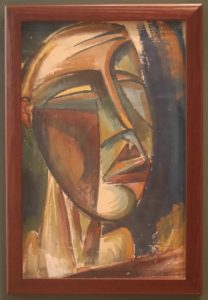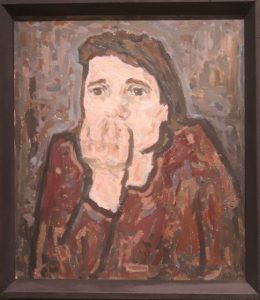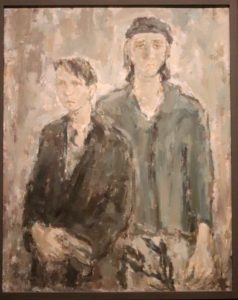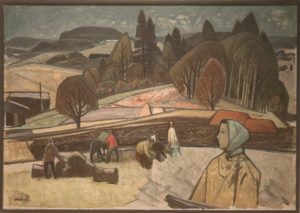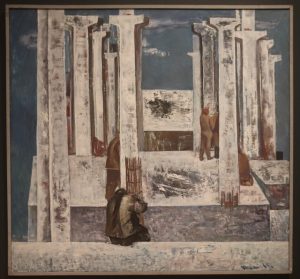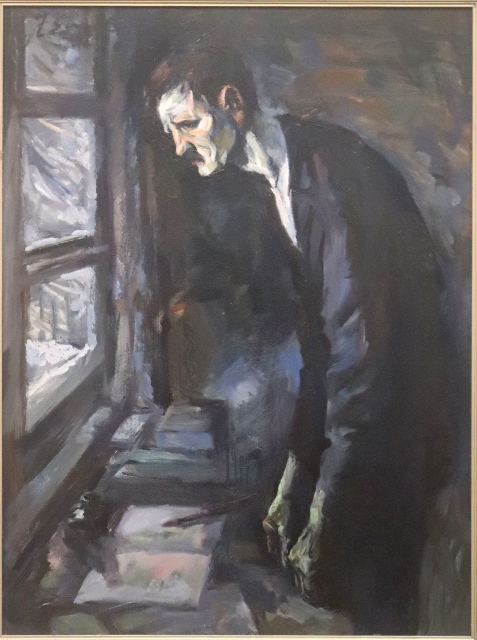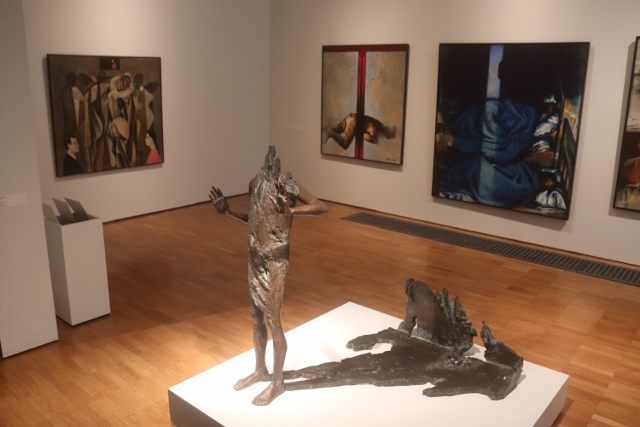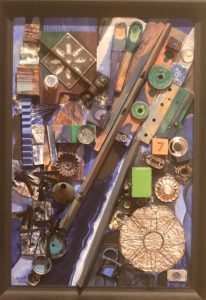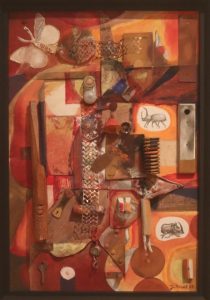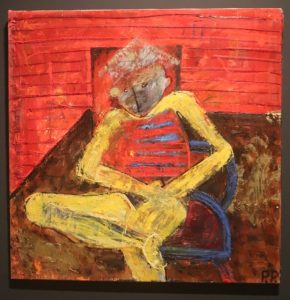The KUMU, short for Kunsti Museum (which is Estonian for Museum of Art) in Tallinn, is one of Estonia’s largest museums, and as far as we were concerned – subjectively, I know – its most appealing. It starts with the strikingly modern building, opened in 2006. This is for the most filled with paintings, and some other works, of Estonian artists – a few from the more classical mid-19th century, but mostly more modern painters, late 19th and right through the 20th century. The main exhibition is subdivided in the period from before the WWII, and that afterwards, trying to illustrate how the artists responded to the change of circumstances. Perhaps most telling, there isn’t a lot of protest art, with some notable exceptions during the German occupation and immediately afterwards. And yet, the collection contains a whole range of enjoyable, high quality paintings – again, subjectively, I know – of artists I have never heard of. A bit like the experience in the Finnish museum. Really nice!
The first series of paintings are from the pre-WWII collection, but also include works of Olga Terri up to 1949, one of the few artists who captured the anxiety and the fear of terror of those days, both Nazi and Soviet. She was duly expelled from the Artist Association for it.
The second series of paintings are Soviet-era works, and seem to comply with what was acceptable at the time: rural scenes, factories and the lot. However, later on there is also room for abstract works, of which I have also included some nice examples.
Next: to the islands.
